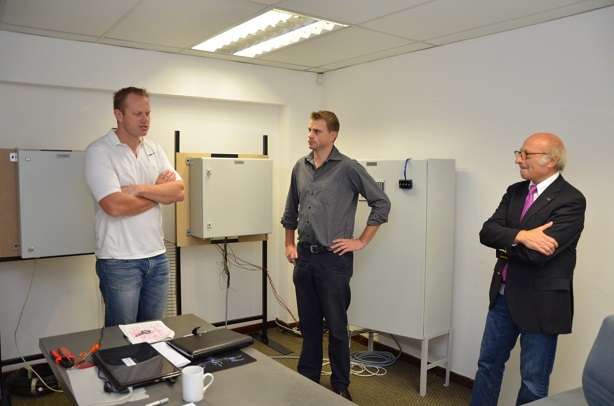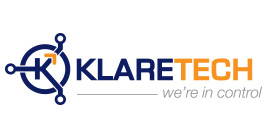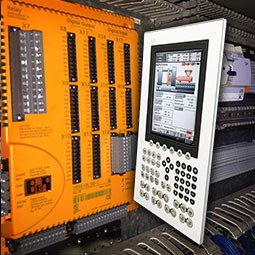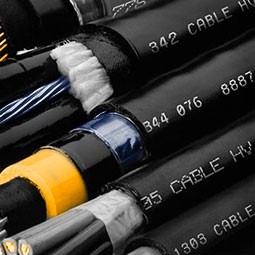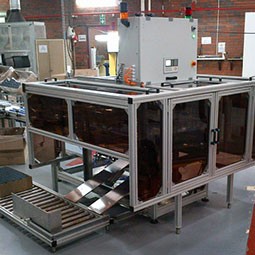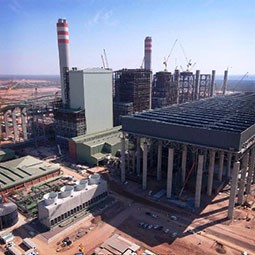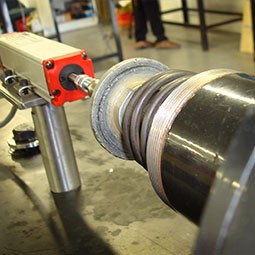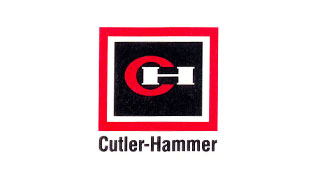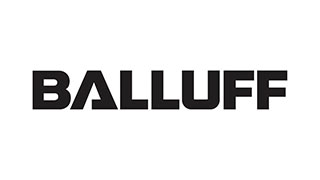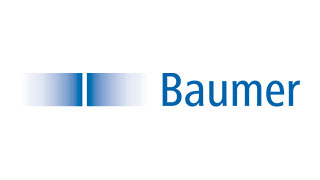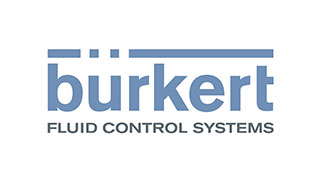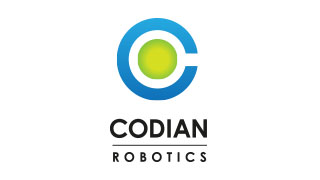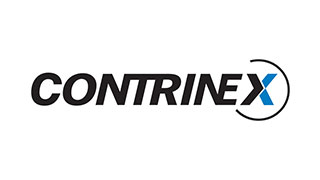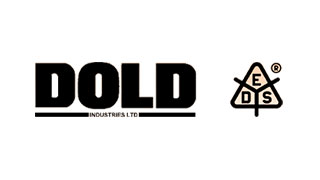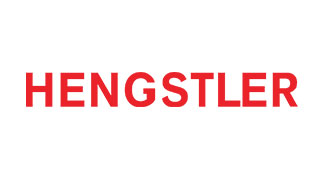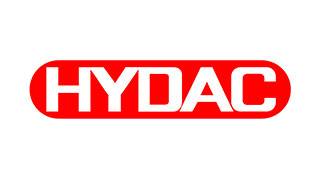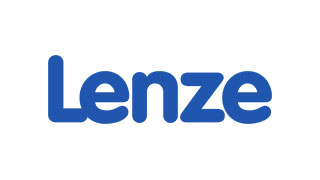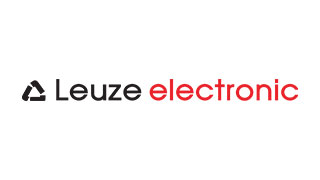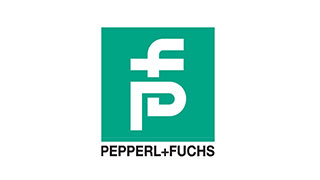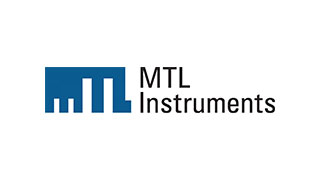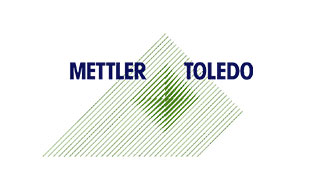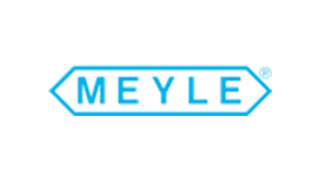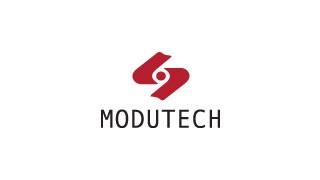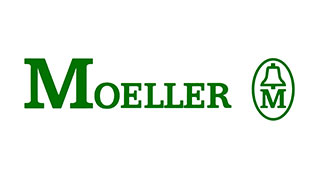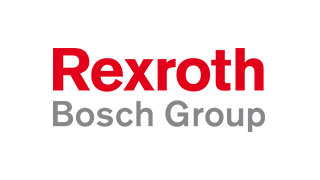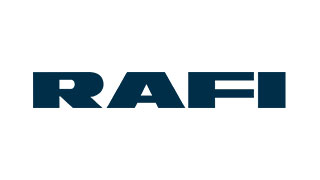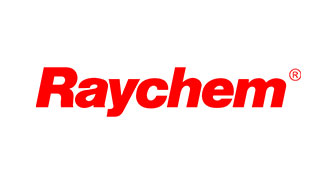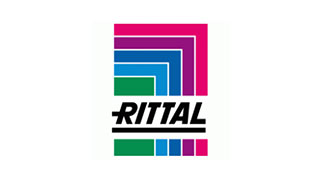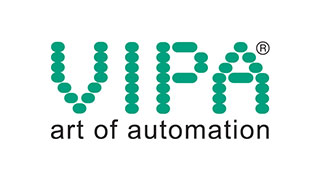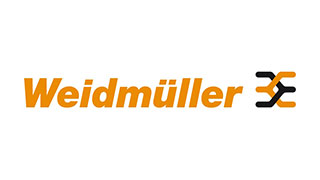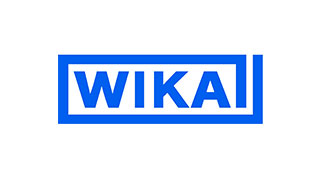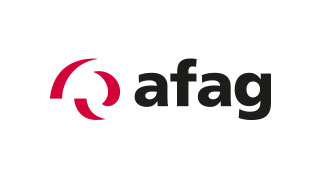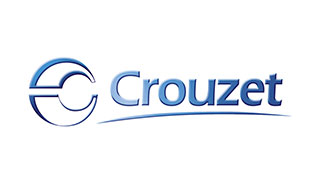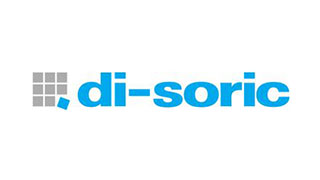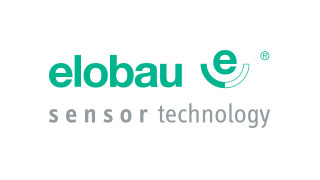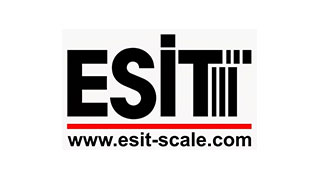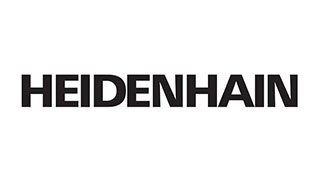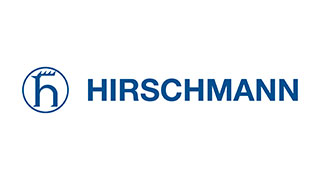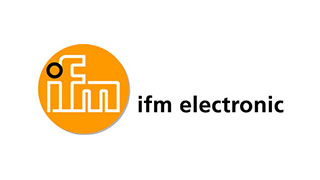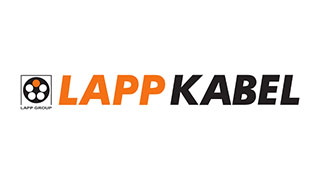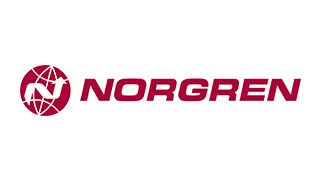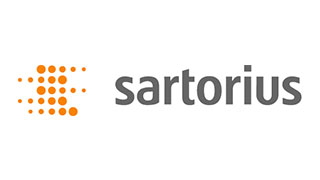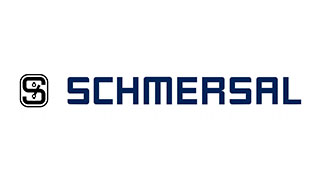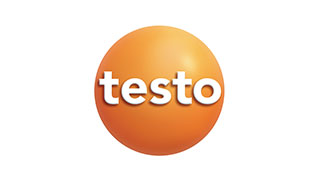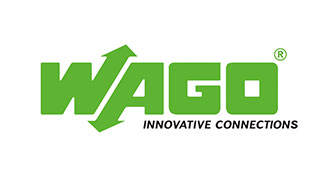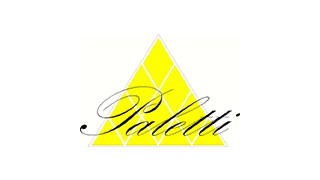Fig.1 Raw water tie-in location
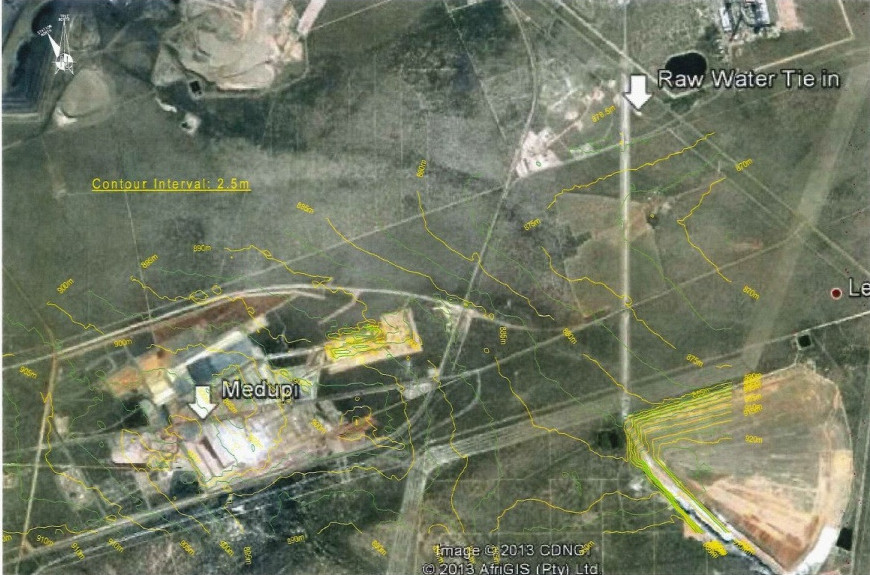
Due to the remote location and time constraints, it has been further decided to use for the first time a software platform ‘Automation Studio’ and to
implement full localization of the cubicle manufacturing and assembling.The latter task has been implemented by a local partner of PAC – the South African company KlareTech, which extended the Automation Studio contents by two additional tailored-made MACRO modules, a type of test which has already been successfully implemented in August 2013 with the participation of an ESKOM team.
Controller architecture is shown on the Fig. 2. to the right. HMI
is based on modern touch screen technology. ESKOM will for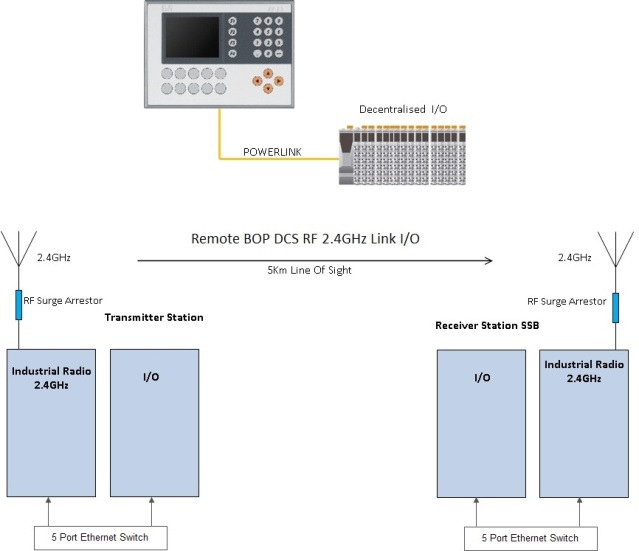 the time be using the frequency band 2,4 GHz – which will be
the time be using the frequency band 2,4 GHz – which will be
used for wireless communication to the DCS in the Power
Station service building (SSB).
Electronic equipment is accommodated in the stand-alone
cubicle to be installed in the raw water tie-in substation and
two wall mounted enclosures for wireless transmitter and
receiver (first – in the tie-in substation and second one – to be
installed on the Auxiliary Water Cooling Tower in the vicinity of
SSB).
Application software configuration and cubicle documentation
were developed by KlareTech under PAC South Africa technical
supervision and project management. PAC South Africa also
developed the basic engineering (functional logic, HMI
faceplates, and bumpless mode switch-over algorithm for
regulating valves). As a result of the close cooperation between
subproject stakeholders, the important milestone of factory
acceptance testing based on IEC 62381 methodologies has been
achieved.
Another first is that the electronic cubicle manufacturing, application engineering and FAT have been fully localized, demonstrating the potential and ability of PAC together with local partner KlareTech to implement Plant Integration projects.
